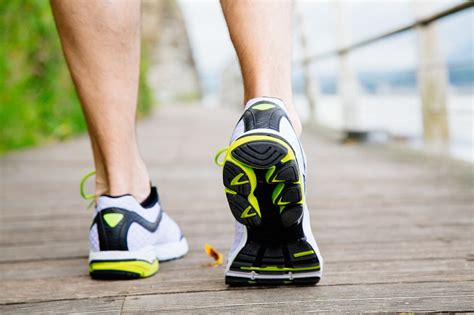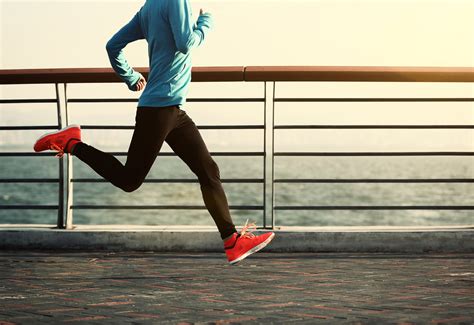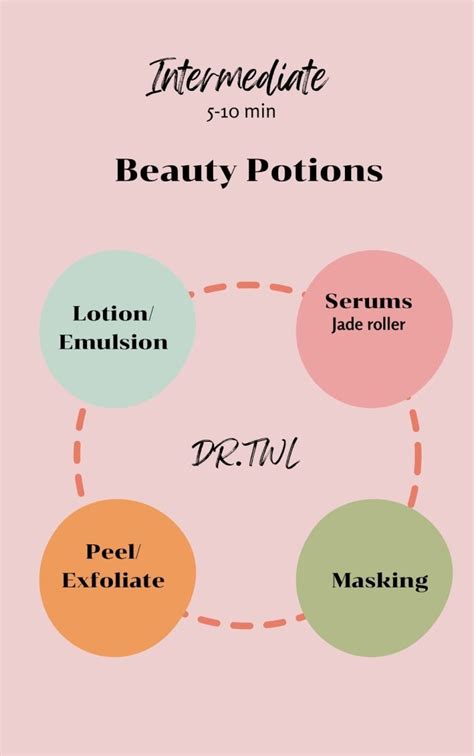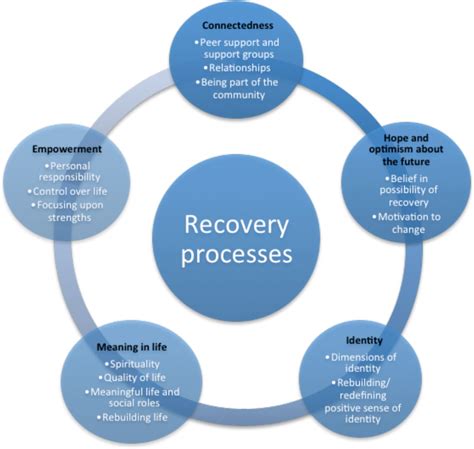Optimal shoe rotation for injury prevention in runners?

The Science Behind Shoe Rotation
For many runners, the idea of owning multiple pairs of running shoes isn’t just about fashion or collection; it’s a strategic approach to enhance performance and, more importantly, mitigate the risk of injury. The practice, known as shoe rotation, involves alternating between different pairs of shoes for various runs or workout types. But is there a scientific basis for this strategy, and can it truly offer an optimal path to injury prevention?
The biomechanics of running place considerable stress on the feet, ankles, knees, and hips. Each shoe, despite sharing the fundamental purpose of cushioning and propulsion, possesses unique characteristics in its stack height, drop, cushioning firmness, and sole geometry. These subtle differences play a crucial role in how forces are distributed and absorbed throughout the runner’s kinetic chain.

Why Your Midsole Needs a Break
One primary argument for shoe rotation centers on midsole recovery. The EVA (ethylene-vinyl acetate) foam and other advanced cushioning materials used in running shoe midsoles compress and rebound with each stride. Over time and miles, these materials experience fatigue, losing some of their original resilience and shock-absorbing capabilities. By rotating shoes, you allow the midsole materials in each pair ample time to decompress and recover, potentially extending their effective lifespan and maintaining their protective qualities.
Beyond material recovery, varying your footwear exposes your feet and lower limbs to slightly different biomechanical stimuli. This subtle variation can prevent the repetitive loading patterns that often contribute to overuse injuries. Instead of consistently stressing the exact same muscles, tendons, and ligaments in the same way, shoe rotation encourages a broader range of micro-adaptations and strengthens a wider array of supporting structures, fostering greater overall resilience.
Building a Versatile Shoe Wardrobe
An optimal shoe rotation typically involves at least two to three pairs, each serving a distinct purpose:
- Daily Trainers: These are your workhorse shoes, offering a balance of cushioning, durability, and comfort for the majority of your mileage. They are designed for easy runs, long runs, and general training.
- Tempo/Workout Shoes: Lighter and often firmer, these shoes are designed for faster-paced efforts like tempo runs, interval training, and track work. They provide a snappier feel and more ground feedback.
- Race Shoes: Often the lightest and most propulsive, race shoes (sometimes featuring carbon fiber plates) are optimized for speed on race day. They are generally not used for daily training to preserve their responsiveness and extend their limited lifespan.
- Trail Shoes (Optional): For runners who tackle off-road terrain, a dedicated pair of trail shoes with aggressive outsoles and enhanced protection is essential for grip and stability on uneven surfaces.

Implementing Your Rotation Strategy
Successfully integrating shoe rotation into your running routine is straightforward. The most common approach is to match your shoe choice to the day’s workout. For example, use your daily trainers for easy recovery runs, switch to tempo shoes for speed work, and reserve your race shoes for race day or key training efforts.
Listen to your body. Pay attention to how different shoes feel and how your body responds. Some runners might find certain shoes alleviate specific niggles, while others might simply enjoy the variety. The goal is not rigid adherence to a schedule but rather thoughtful application based on your training needs and personal comfort.

The Evidence and Expert Consensus
While direct, large-scale randomized controlled trials specifically on shoe rotation and injury prevention are still emerging, the biomechanical principles and anecdotal evidence strongly support its benefits. A study published in the Scandinavian Journal of Medicine & Science in Sports (2015) found that runners who rotated multiple pairs of running shoes had a lower risk of running-related injuries compared to those who primarily ran in one pair. This suggests that varying footwear can indeed distribute stress differently, reducing the cumulative impact on specific anatomical structures.
Leading coaches, physical therapists, and running shoe experts widely advocate for shoe rotation. They often emphasize that by not consistently subjecting your body to the exact same forces, you encourage a more robust and adaptable musculoskeletal system, ultimately leading to greater longevity in the sport.
![コミュ力を上げるには?6つの方法とメリット・注意点を心理学に詳しい筆者が解説! – Mistory[ミストリー]](/images/aHR0cHM6Ly90czMubW0uYmluZy5uZXQvdGg/aWQ9T0lQLmlqTGZnbWZzWmw0SmFDVkNZUHE4dFFIYUU4JnBpZD0xNS4x.webp)
Conclusion: A Smarter Way to Run
Optimal shoe rotation is more than just a trend; it’s a scientifically grounded strategy that can significantly contribute to injury prevention and enhanced performance for runners. By allowing midsoles to recover, exposing your body to varied biomechanical stimuli, and selecting the right shoe for the right workout, you can build a more resilient running body. Investing in a small rotation of shoes isn’t just about buying more gear; it’s an investment in your long-term health, enjoyment, and success as a runner.









